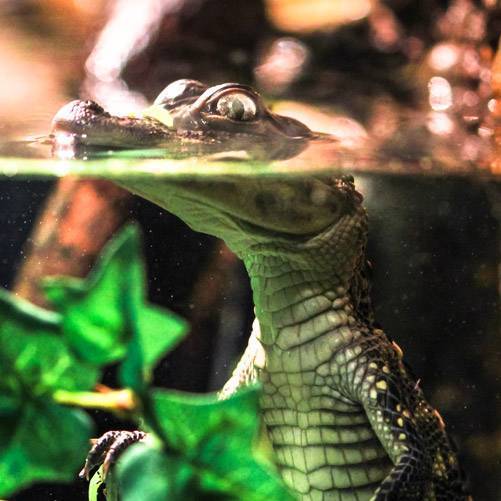Varans are one of the most remarkable members of the reptile world. These creatures, each perfectly adapted to its habitat, are very interesting both in physical appearance and behavior. Some of them can reach gigantic sizes, while others are quiet and fast. There are about 70 different species in the world and they live in different ecosystems in Asia, Africa, Australia and some island countries.
Usually solitary, varans can easily detect prey in their environment thanks to their agile nature and well-developed sense of smell. They analyze the chemicals in their environment by sticking their forked tongues out and pulling them in. This allows them to “smell and see” their surroundings.
What do Varans feed on?
Most Varans are carnivores. Their prey is usually
- Insects and larvae
- Small mammals
- Other reptiles
- Bird eggs and chicks
- Carcasses in some species
The Komodo dragon, one of the largest varan species, can even hunt large mammals such as goats and deer. Smaller species feed mostly on insects and reptiles. Varans usually set up ambushes to catch their prey. They approach silently, attack suddenly and neutralize their prey with their powerful jaws.
Where Do Varans Live?
The distribution of Varan species is quite wide. Below you can find some example habitats and species:
- Komodo Dragon (Varanus komodoensis): Inhabits the islands of Indonesia, preferring terrestrial environments.
- Nile Varan (Varanus niloticus): Found in Africa, especially along rivers and lakes. Click here for more details.
- Savannah Varan (Varanus exanthematicus): Inhabits the open grasslands of Africa.
- Tree Varans Small species adapted to arboreal life, usually found in Southeast Asia and Australia.
Varans generally prefer tropical or subtropical climates in their natural habitat. Different species can be observed in forests, savannas, swamps and desert-like areas.
How do Varans Reproduce?
All varan species reproduce by laying eggs. Females usually lay between 5-30 eggs by finding a suitable nest site. The incubation period varies according to the species and temperature, but is usually between 3 and 8 months.
From the moment they are born, newborn cubs are completely independent and have to fend for themselves. In some species, newborns are protected by climbing trees, while others hide in underground burrows.
Are Varans Dangerous to Humans?
This is a frequently asked question. In reality, most varan species avoid humans and do not show aggressive behavior unless they feel threatened. The bites of larger species can be serious, but this is usually in self-defense. Small, tree-adapted species do not come into contact with humans. There are no venomous species, but the saliva of some large varans may contain bacteria that pose a risk of infection.
Curiosities About the Spotted Tree Varan, a Mysterious Species
One of the most sedate members of the Varan family is the Spotted Tree Varan. Scientifically known as Varanus timorensis, this species lives in the tropical forests of Southeast Asia, especially on and around Timor Island in Indonesia.
As its name suggests, this species of varan lives mainly in trees. The body is slender, the tail is long and lithe. Its skin has small, regular white spots. This pattern blends in with the bark, making it invisible.
What does the Spotted Tree Varan feed on?
Diet is based on smaller prey. In the wild
- Insects
- Spiders
- Small reptiles
- It feeds on bird eggs.
It usually stalks its prey silently, waiting for the right moment to neutralize it with a sudden attack.
How many years does he/she live?
Under favorable conditions, the average life expectancy is between 10-15 years. In the wild, this period may be shorter. Under protection, with adequate care, it can be longer.
Is it possible to observe this species at Emaar Aquarium?
Yes. Emaar Aquarium in Istanbul presents rare species such as the Spotted Tree Barrel in special habitats. In the observation area designed to resemble its natural habitat, you can observe the behavior of this species and witness its camouflage and climbing skills.
It is possible to learn more about this reptile on guided tours. It offers an educational experience especially for nature enthusiasts and children.
Frequently Asked Questions about Spotted Tree Varan
1. Is the Spotted Tree Varan dangerous?
No, it’s harmless to humans. It is not poisonous and is very timid.
2. Can it be fed at home?
It is a wild and solitary species by nature. It is not recommended to keep as a pet.
3. Does he live in trees?
Yes, he spends most of his life in trees. They have good climbing skills.
4. Can I see you at Emaar Aquarium?
Yes. In the reptile section of Emaar Aquarium, this species is exhibited in conditions suitable for its natural environment.




